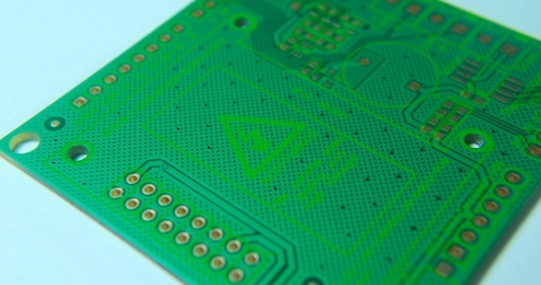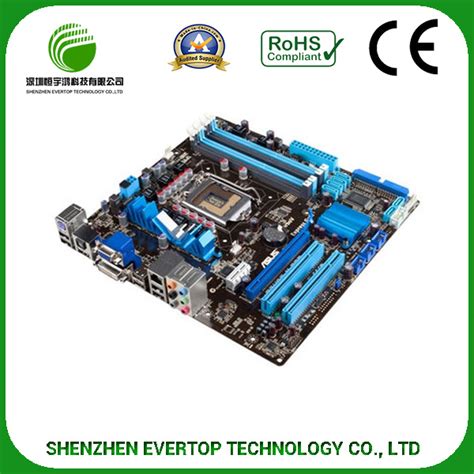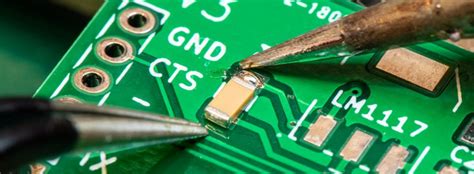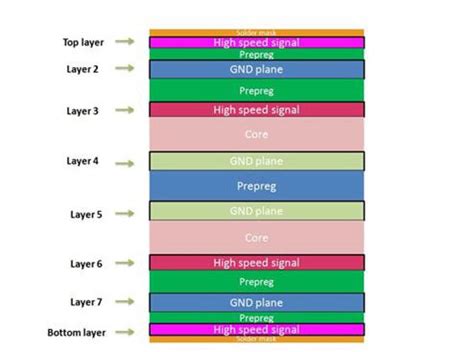Optimizing the defects of automotive PCB circuit boards
Promote the application technology exchange of PTH, polymer conductive film, electroplating, OSP and other related materials in the AC PCB process, and the experience of solving PCB process problems.
Among the key application objects of PCB today, automotive PCB occupies an important position. However, due to the special working environment, safety and high current requirements of automobiles, PCB copy board has high requirements for PCB reliability, environmental adaptability, etc., and the types of PCB technology involved are also wide, which is a challenge for PCB companies; and for manufacturers who want to develop the automotive PCB market, they need to do more understanding and analysis of this new market.
Automobile PCBs particularly emphasize high reliability and low DPPM. So, does our company have the accumulation of technology and experience in high reliability manufacturing? Is it consistent with the future product development direction? In terms of process control, can it be done well in accordance with the requirements of TS16949?
Has low DPPM been achieved?
These need to be carefully evaluated. Blindly entering the market just by seeing this tempting cake will bring harm to the company itself.
The following are some representative special practices of some professional automotive PCB manufacturers in the testing process for reference by PCB colleagues:
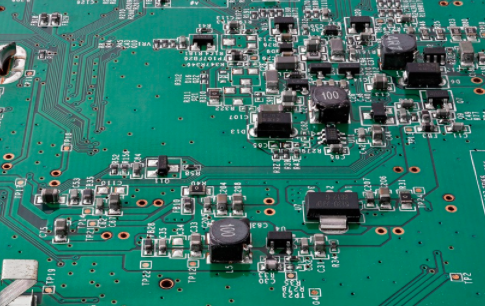
1.Secondary testing method
Some PCB manufacturers adopt the “secondary testing method” to improve the rate of finding defective boards that have been broken down by the first high voltage.
2.Bad board error prevention test system
More and more PCB manufacturers have installed “good board marking system” and “bad board error prevention box” on the bare board tester to effectively avoid human leakage. The good board marking system is for the tester to mark the tested PASS board, which can effectively prevent the tested board or bad board from flowing into the hands of customers. The bad board error prevention box is that when the PASS board is tested during the test process, the test system outputs a signal to open the box; conversely, when the bad board is tested, the box is closed, allowing the operator to correctly place the tested circuit board.
3.Establish PPm quality system
Currently, the PPm (Parts per million, defect rate in parts per million) quality system has begun to be widely used in PCB manufacturers. Among many manufacturers, Hitachi ChemICal in Singapore is the most worthy of reference for its application and achievements. More than 20 people in the factory are responsible for the statistical analysis of online PCB quality abnormalities and PCB quality abnormal returns. Using the SPC production process statistical analysis method, each bad board and each returned defective board is classified and statistically analyzed, and combined with auxiliary tools such as micro-slicing to analyze which production process produces bad and defective boards. According to the statistical data results, the problems in the process are solved purposefully.
4.Comparative test method
Some customers use two different brands of machines for comparative testing of different batches of PCBs, and track the PPm of the corresponding batches, so as to understand the performance of the two test machines, and then choose a better performance test machine to test automotive PCBs.
5.Improve test parameters
Select higher test parameters to strictly detect such PCBs.PCBA OEM OEM because if higher voltage and threshold are selected, the number of high-voltage leakage readings will be increased, which can increase the detection rate of PCB defective boards. For example, a large Taiwanese-funded PCB company in Suzhou uses 300V, 30M, and 20 ohms to test automotive PCBs.

